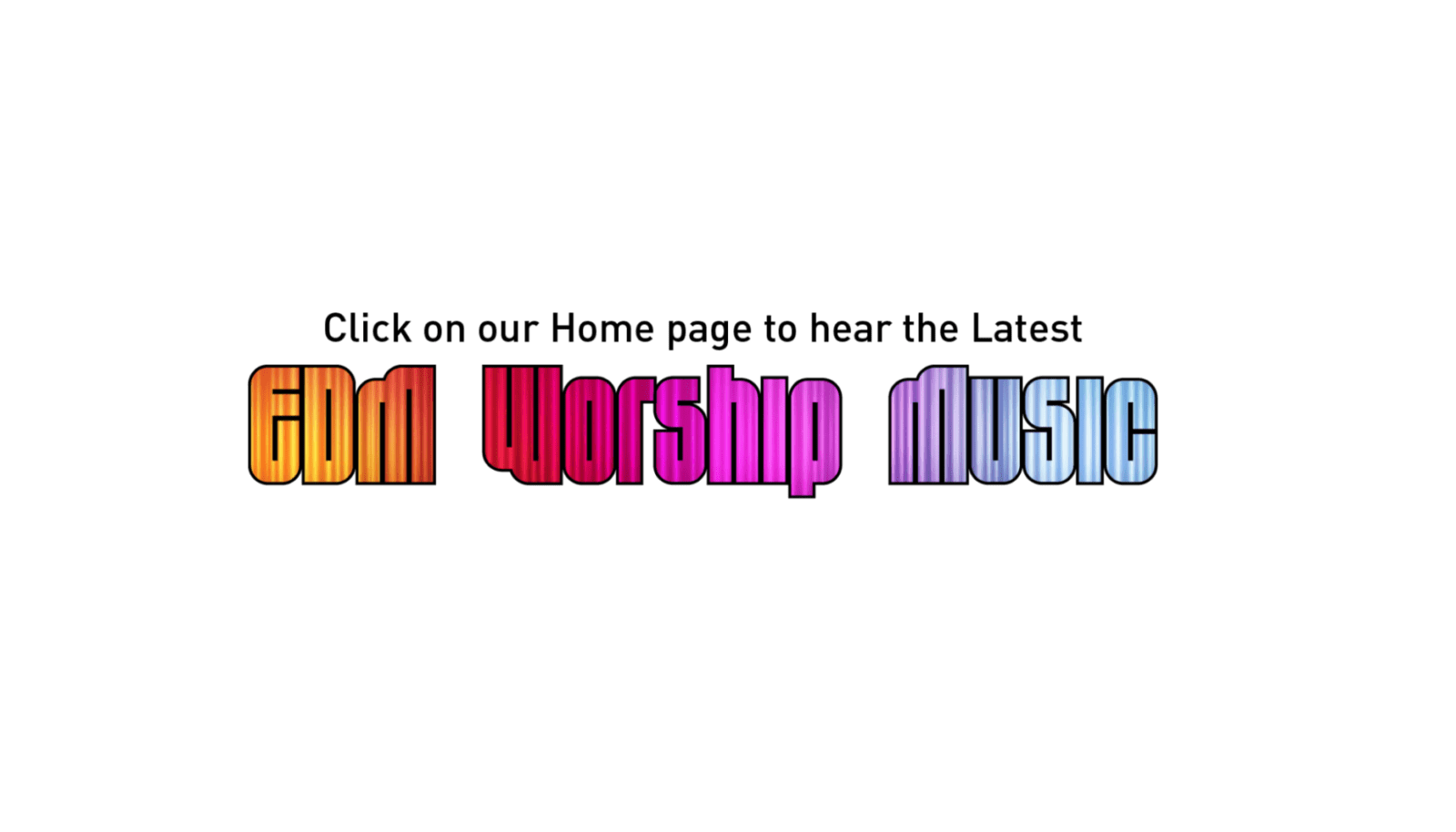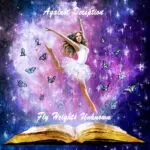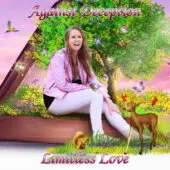Electronic Christian Songs For Christian Artists

Electronic Christian Songs For Christian Artists
Creating Christian EDM is possible with various applications. Some people can even start as an amateur in their bedroom and make their music. Allen Walker, for example, created his music out of boredom. His ‘faded’ track is still on many people’s playlists. Electronic Christian music has become a sub-genre of music that is gaining more followers every day. Here are some things you should know about EDM for Christian artists.
Sub-genre
The Christian EDM sub-genre involves artists who create music in the genre of electronic dance music (EDM). Popular styles of EDM include techno, house, rave, and other similar genres. These songs are popular at festivals, large live events, and on specific Internet radio stations. These songs are often characterized by electronic instruments and lyrics. Despite the lack of vocals, Christian EDM can be quite popular in some subcultures.
While Christian EDM music is categorized into many subgenres, it is most commonly associated with artists such as Capital Kings, Bryce Prince, and Matthew Parker. Other artists have entered this genre, including The Loyalist, DJ Flubbel, and Tony Foxx. Several other popular Christian electronic artists are Hillsong Young & Free and Andy Hunter. This list of artists is not exhaustive and does not attempt to cover every genre of EDM music.
Electronic Christian music has been influenced by the progressive rock genre for decades. It originated in the UK with groups such as Pink Floyd, Genesis, and Gentle Giant, and quickly became an international phenomenon. It has also been referred to as “Virtual Noise” in the past. This sub-genre also draws inspiration from other genres of electronic music. If you’re looking for a more contemporary EDM track, Omari can help. With our organic promotion packages, your music will be promoted on YouTube, Spotify, and TikTok.
EDM has been a controversial genre over the years, and Christian EDM will likely remain a niche in the music industry. While many Christians think EDM is “devil’s music,” many others do not recognize the distinction between Christian and secular EDM. In addition to the controversial nature of EDM, many people enjoy the abstract nature of the music. For this reason, Christian EDM is unlikely to become a mainstream genre.
Influence
The influence of electronic Christian songs on mainstream music is no secret. EDM was once the soundtrack of an all-night rave scene, but these days, it dominates the mainstream music landscape, and it has made its way into studio-recorded Christian worship albums and live congregational performances. Worship pastor Russ Jones believes that EDM has a fresh, youthful edge to it, and is helping the church reach out to a younger demographic. EDM mega-artists, such as Chance the Rapper, have made hundreds of millions of dollars in the music industry, and they attract tens of thousands of fans to a single festival. But in the church, it is not about the money that the artists make; it is about the impact that they have on their congregants.
As of this writing, the influence of electronic Christian songs on Christian music is overwhelmingly positive. Christian dance music has its roots in classical music, but electronic Christian songs are among the most upbeat songs in today’s market. These songs are different from traditional Christian music, which usually has a mechanical sound and is unrelentingly loud. In a world where electronic music is embraced by nearly everyone, ECM has become an essential element of worship.
Impact
Electronic Christian songs, also known as EDM, have a distinctly queer character. While their lyrics reflect Christianity, they also reference classism, racism, and gender identity. Many electronic Christian songs are produced by artists of color and have been embraced by the LGBTQ community. While it is still a challenge to find the perfect mix, many have found inspiration in the genre of Christian electronic music. The genre is ripe for artists of all backgrounds and sexual orientations.
For example, some electronic Christian songs are based on Psalms. These songs are composed of the emotions of the Psalms, with various styles intertwined to represent the life of the psalmist. They are intended to inspire people to rest in God’s presence amid life’s challenges and trials. They often use spoken word and other styles of contemporary worship to achieve this purpose.
Sub-cultures
There are sub-cultures in many fields, and electronic Christian music is no exception. While some sub-cultures are part of a larger movement, others are in opposition to the mainstream. This article will examine some of the differences between the two, and explain the sub-cultures within electronic Christian music. While subcultures are seen as part of a group, a counterculture is defined as a sub-culture that rejects the norms and values of the larger group.
The main difference between these sub-cultures lies in the way artists express themselves. Unlike in the past, the quantity of physical products does not shift as dramatically as it once did. Instead, people are more likely to download and stream music. This means artists have to work harder to make ends meet. This makes the sub-cultures less likely to evolve into anything substantial and they may not even survive for long once the driving force is gone.
Although some may be skeptical of Christian subcultures, many people are drawn to the 90s and their nostalgia for the days of synthpop. A recent article in Focus on the Family magazine admits that the band’s Adam Young and Baltimore Ravens player Benjamin Watson also like the radio drama Adventures in Odyssey. The Christian subculture is so strong that magazines like Brio have relaunched and have over 60,000 subscribers.
The Mods are a British subculture that centered around punk music and motorcycles. Unlike other pop groups, Mods’ fashion derived from Gothic literature and early expressionist films. As a result, they adopted the aesthetics of Gothic music and embraced the use of certain forms of plastic surgery. Among them are the Skinheads, an ex-Mods break-off group of the Mods.
Artists
Electronic Christian music is becoming a popular genre for Christians. Its popularity is growing in the United States. Artists such as Paul Buono, a pianist, composer, and producer, introduced this genre to the United States. Since then, his work has appeared on worship albums all over the world. He has written and produced more than 250 published songs. This article will provide an overview of some of the more popular artists in the genre.
There are two main types of Christian music, vertical and horizontal. Vertical music features overt Christian themes while horizontal music has more subtle elements. Artists that release music in both categories are included in this list. However, you must remember that there are few Christians who create electronic Christian music. In addition to music aimed at Christian audiences, electronic music may be used by non-Christian artists, such as secular artists. Artists of electronic Christian music should not confuse the two types of music.
Artists of electronic Christian music can adapt traditional sacred music forms to a modern audience. The most effective music for the traditional religious community is fast-paced Christian worship songs. In addition to being more popular, Christian electronic music can adapt to EDM’s message of peace, unity, and respect. Electronic Christian songs, on the other hand, have a long history. This is the only genre to have a religious dance song that has been around for more than 400 years.
Har Megiddo, a producer, and DJ of electronic Christian music is a good example of this. The group fuses dubstep/dance music with a Christian message. Their debut album reached number 44 on Christian iTunes Charts. Michael Ketterer, a founding member of the United Pursuit Band, is also a member of the group. The name “Har Megiddo” is a biblical reference for the final battleground of Jesus Christ, and the mountain represents a powerful metaphor for the future.






Comments
This post currently has no comments.